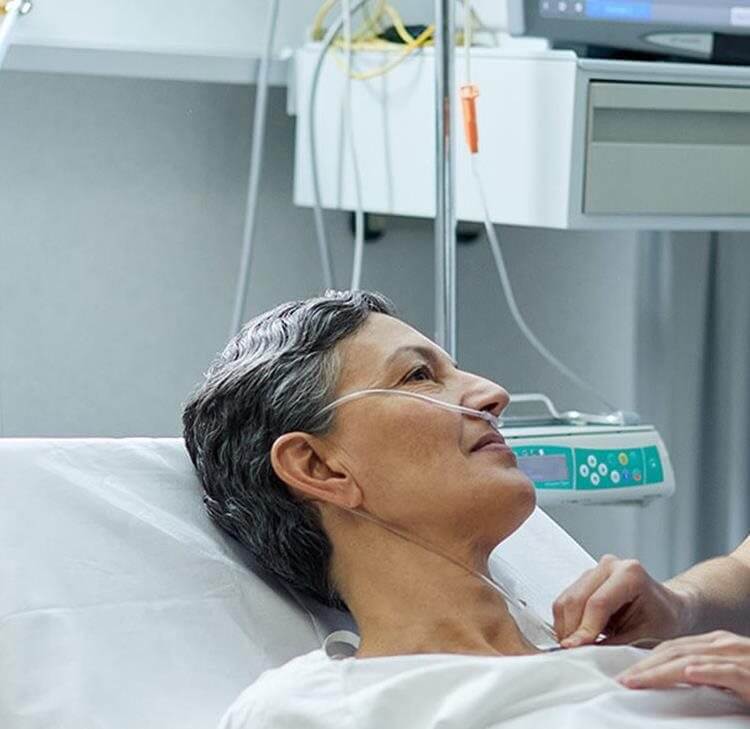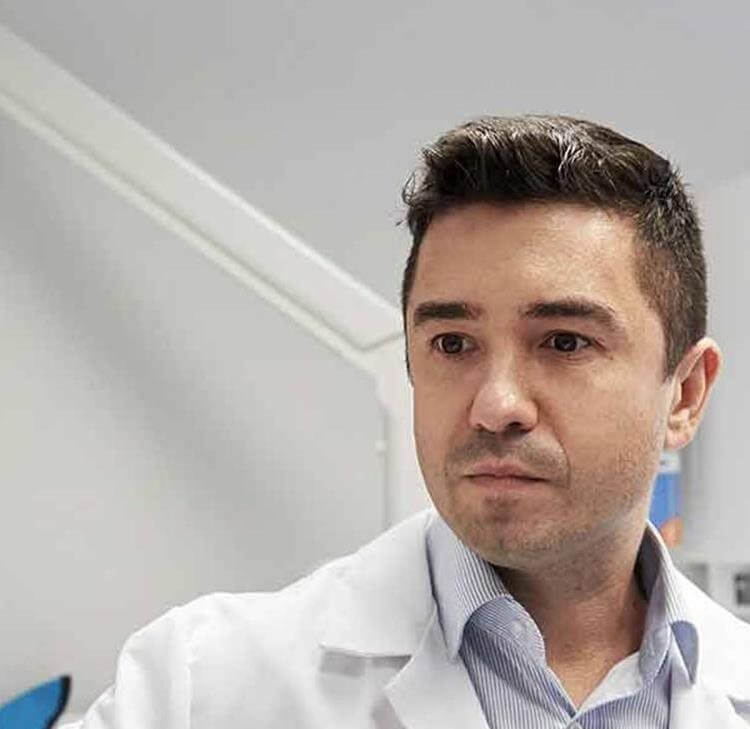Group working between NHS healthcare providers presents opportunities to improve organisational resilience and patient outcomes, according to a new report.
UK and Ireland law firm Browne Jacobson and the NHS Transformation Unit published the Collaborative Care: Creating Value from Scale guide to coincide with NHS Providers’ annual conference last week.
It summarises common challenges and opportunities associated with group working – shared by NHS hospital group leaders during two roundtable events in October facilitated by Sir David Dalton, former NHS provider chief executive – and offers guidance on how trusts can develop group models that help them to balance responsibility “at-scale and at-site”.
The report outlines how establishing a single legal governance structure can enable strong decision-making, while retaining a flexible model that facilitates a bespoke response to local healthcare needs. For a multi-trust group, governance structures are centred around joint leadership and a formal joint committee; for a single merged organisation, this will be a unitary board.
Christian Dingwall, Partner in Browne Jacobson’s health and life sciences team, said: “There have been significant changes to the provider landscape in England over the last 20 years. All providers are now working within a provider collaborative in some form, and many are also going further by closely collaborating in other ways, such as adopting a form of shared leadership.
“During our discussions with NHS hospital group leaders, we found there is a benefit in not having a fixed model imposed on groups, which means they can be tailored to the local circumstances they aim to address.
“While there is no single blueprint for the mechanics of a group model – which range across a wide spectrum from informal collaboration arrangements to a single merged provider approach – there is an emerging commonality in the core legal governance structures within the group.
“Having a single organisational mind to direct strategies across partner organisations helps to develop a clear narrative that articulates the value proposition of the group model. In turn, this can tackle some of the obstacles to effective collaboration, such as historic differences between providers, a sense of tribalism and a lack of trust.
“Ultimately, successful collaboration can support providers in their quest to drive positive change that delivers safe, effective and sustainable services to the populations they serve.”
Examples of the recommended governance structures are explored in the report. A unitary group board is the model adopted by single trust groups such as the Royal Free, Barts Healthcare, and Mid and South Essex trusts. A joint committee group board is the model adopted by multi-trust groups such as Liverpool University Hospitals, University Hospitals Tees, and Royal Wolverhampton and Walsall trusts.
The report identifies a key benefit of the multi-trust model of taking time to road-test working as a single organisation, allowing NHS hospital groups to undertake important groundwork for how a merged organisation might operate in future.
Developing a clear risk-led governance and escalation framework is key to this, enabling group leaders to adopt an assurance‑focused and strategic approach to leadership.
A key challenge noted by existing provider groups is transparency and clarity of governance, supported by effective communications, to help regulators such as the Care Quality Commission to understand their model and how it operates. Developing a sound understanding among staff, stakeholders, regulators and non-executive directors is therefore key to success, the report says.
Janet Budd, Director of the NHS Transformation Unit, said: “Structural change by itself is not the route to improvement – there must be a clear purpose for making the change to a group model, aligned to addressing the challenges and issues which are not capable of being resolved by a single trust.
“In the absence of a ‘group blueprint’, providers are faced with a range of delivery options when considering how best to collaborate. This means leaders need to make informed choices as they design and develop a tailored model which aligns to their needs and strategic aims. This involves a careful consideration of both the benefits of scale, across multiple hospitals, and the retention of strong site/hospital leadership.
“Developing a shared view and ambition can help trusts considering collaboration to plan for a solution which best addresses the issues they have jointly identified.
“Our recent roundtable events – and the associated report – provided a great mechanism to explore these matters with inputs from colleagues from across the country.”
















![Contractual liability for all inclusive treatment: Bartolomucci v Circle Health Group Limited [2025]](/getattachment/95f9533b-f99c-4fcc-b8d5-3f93904b8242/shutterstock_1265400856.jpg?variant=HeroImageTabletVariantDefinition)

























